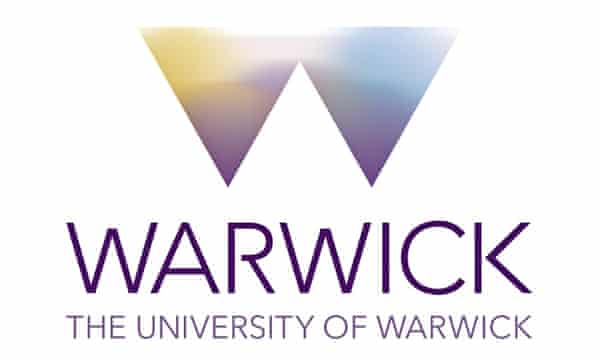University of Warwick: Wheely good start for University of Warwick sustainable transport strategy
Staff, students and visitors at the University of Warwick have embraced the new West Midlands Cycle Hire scheme, with more than half of the university’s base stations consistently in the top ten across the whole West Midlands region by trips made.
In October alone campus-based users took 2977 rides covering 5400km – the equivalent of pedalling from Coventry to New York.
The campus e-scooter trial has also proved popular with almost 50,000 rides being taken since the scheme’s launch.
These two-wheel transport schemes are part of the University’s commitment to encouraging staff, students and visitors to swop car journeys for more sustainable modes of transport such as cycling and public transport
In 2020, the University launched the Future Transport Zone Showcase in partnership with Transport for West Midlands (TfWM), securing £1m of Government funding to implement new cleaner, greener ways to travel.
The Strategy follows the acceleration of plans to transform transport infrastructure across campus after the University declared a Climate Emergency in 2019 and a target to reach Net Zero for direct emissions by 2030 and indirect emissions by 2050.
Mark Collins, Integration Innovation Lead at Transport for West Midlands, said: “Across the West Midlands we are working hard to improve and decarbonise the region’s transport infrastructure.
“By working with the University of Warwick we are not only improving local and regional connectivity, but we are also developing and assessing cutting edge transport and mobility solutions, guided by insight and research.
“The interim data shows an exciting trend towards increasing use of more sustainable transport. It proves that communities are willing to make changes to reduce their carbon footprint and we continue to encourage and incentivise everyone to use alternative means of transport wherever possible.”
Since the Future Transport Showcase launched, 4,546 people have used Demand Responsive Transport (DRT) between campus, Coventry, Leamington, and Warwick’s Wellesbourne campus. In addition, 673 journeys have made use of a shared car club scheme, along with 818 using the Tandem aggregated taxi service. An electric vehicle salary sacrifice scheme is set to be launched later this year, along with an improved carpooling service with Liftango to help encourage more shared vehicle journeys, and an enhanced Cycle to Work scheme providing greater options and accessibility for staff to acquire a bicycle as an employee benefit.
E-scooter trials have been launched with 48,000 rides taken so far. The University has also provided 3,500 cycle parking spaces and announced plans for a new active cycleway along Lord Bhattacharya Way and University Road. Take up of the No 14 subsidised bus service, operating between Pool Meadow, Eastern Green, Tile Hill and the university campus, has also been strong.
Staff and students are being incentivised to make better travel choices through the ‘Choose Your Way Warwick’ app, offering rewards in exchange for travelling sustainably, whether that is walking, cycling, or using public transport.
Parvez Islam, Director of Transport, Mobility, and Sustainability at the University of Warwick, said: “Transport and mobility is the biggest contributor to the University of Warwick’s carbon emissions – accounting for around 29% of our total emissions. It is therefore critical we encourage and provide more efficient and diverse transport solutions as an alternative to single occupancy cars, if we are to reach Net Zero for indirect emissions by 2050.”
“Our Transport and Mobility Strategy is fully focussed on expanding the range of travel options available to everyone on campus. This is not only good for the environment but improves the connectivity of our campus making to easier to travel to and from Warwick’s campus.
“The interim data released today shows the huge success we have already had, encouraging more sustainable forms of transport and the potential to go even further in the coming months and years to help drive a positive modal shift.”

